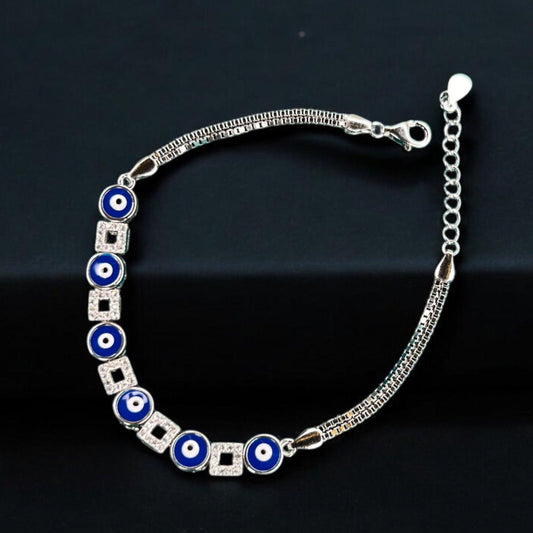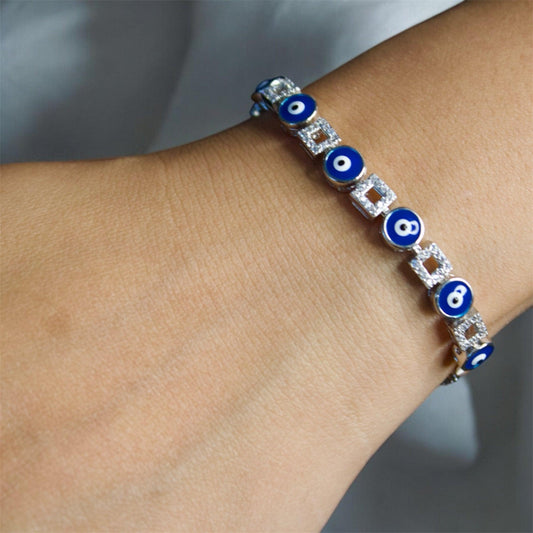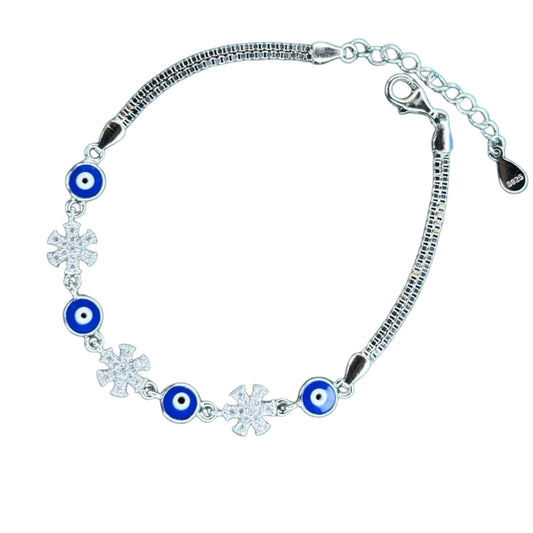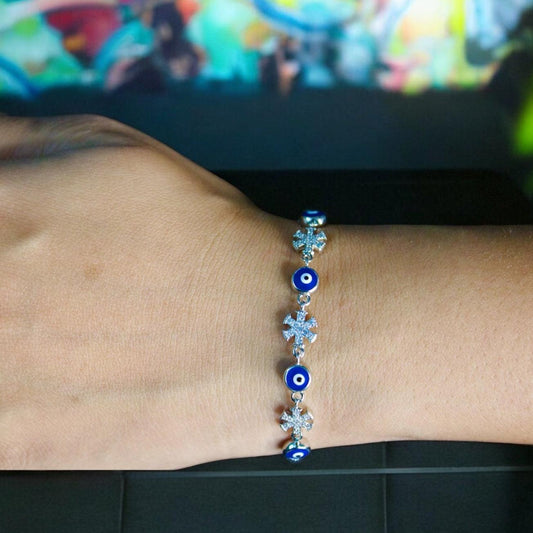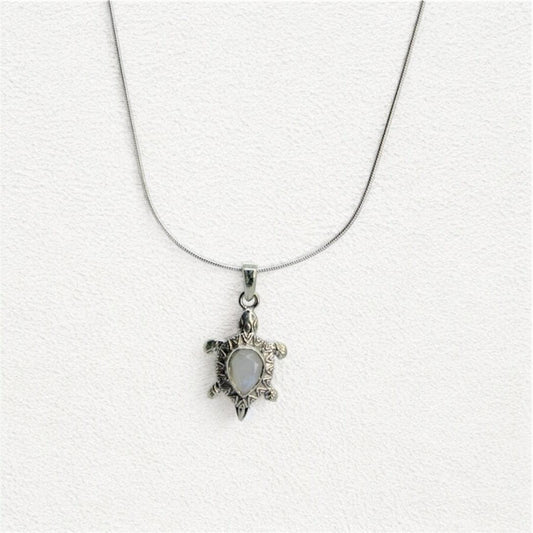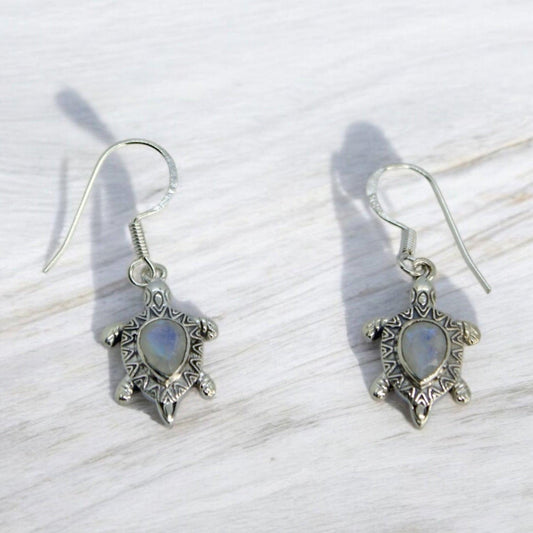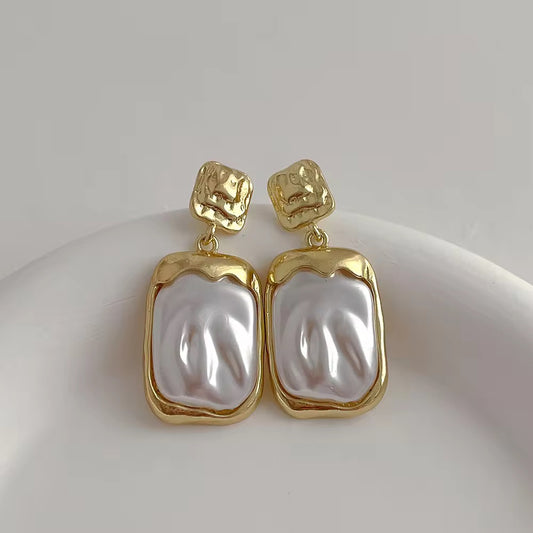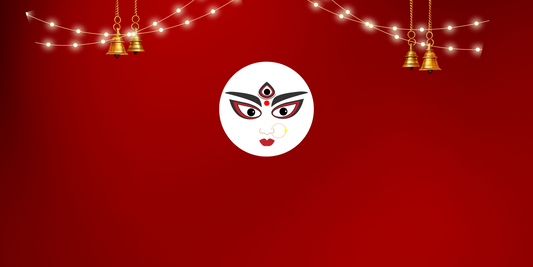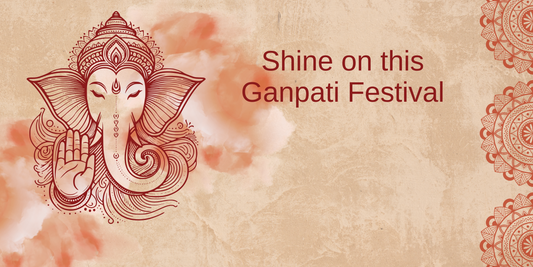
How Often Do Jewellery Trends Change?
Share
When it comes to fashion, few things are as exciting—and sometimes confusing—as staying on top of trends. Jewellery, although often seen as timeless, is no exception. Whether it’s bold statement pieces, minimalist layering, or vintage-inspired designs, the world of jewellery trends is dynamic and ever-evolving. But how often do these trends actually change? And what influences their constant ebb and flow?
Let’s unpack the rhythm of jewellery trends, what drives them, and how you can keep up without overhauling your collection every season.
Understanding Jewellery Trends
Jewellery trends reflect the broader movements in fashion and culture. They’re influenced by runway shows, celebrity style, social media, and even global events. For instance, the pandemic saw a rise in minimalist, comfort-first jewellery—think delicate gold chains and dainty earrings—because people were dressing down more often.
While clothing trends may shift dramatically from season to season, jewellery trends tend to evolve more gradually. That said, smaller trend cycles within jewellery—like the rise of pearls or the resurgence of Y2K aesthetics—can change as quickly as every few months, especially when driven by viral moments on TikTok or Instagram.
How Often Do Jewellery Trends Change?
On average, jewellery trends shift every 6 to 12 months, aligning loosely with the fashion industry's biannual calendar: Spring/Summer and Fall/Winter. However, micro-trends can emerge much faster, sometimes within just a few weeks, especially in today’s digital age where influencers and fashion editors can instantly spark a trend.
Here’s a rough breakdown:
- Seasonal Trends (6–12 months): These are the most predictable. Designers release new collections twice a year, often setting the tone for the styles that will dominate jewellery counters and online shops. For example, bold cuffs might take center stage in spring, while chunky chains rule autumn.
- Micro-Trends (1–3 months): Fast-fashion jewellery brands and social media can turn a quirky idea—like mushroom-shaped earrings or rainbow bead chokers—into a craze seemingly overnight. These trends are usually short-lived but can come back in cycles.
- Macro Trends (2–5 years): Some trends stick around for several years and influence the overall direction of jewellery design. The minimalist trend, which gained popularity in the 2010s, is a good example of a long-term shift in consumer preferences.
What Influences These Changes?
Several factors influence the changing pace of jewellery trends:
1. Fashion Weeks and Designer Collections
Twice a year, the biggest fashion houses reveal their new collections during global fashion weeks. While the focus is on clothes, jewellery often plays a significant role in completing the runway look. These shows influence what high-street brands and consumers will gravitate toward in the coming months.
2. Celebrity Culture
When celebrities wear a unique piece of jewellery—whether it’s Rihanna’s ear cuffs, Zendaya’s stacked rings, or Meghan Markle’s minimalist necklaces—it often sets off a chain reaction. Suddenly, everyone wants a similar piece, and brands race to offer accessible versions.
3. Social Media and Influencers
Platforms like Instagram, Pinterest, and TikTok play a huge role in the acceleration of jewellery trends. A single viral post can elevate an obscure piece into a must-have item, causing demand to spike within days.
4. Cultural Movements and Nostalgia
Many jewellery trends are driven by wider cultural shifts. The revival of '90s and 2000s styles brought back chokers and playful beaded necklaces. Meanwhile, the push toward sustainability and conscious consumption has led to a renewed interest in vintage and heirloom pieces.
5. Technology and Materials
Innovations in materials and design methods—such as lab-grown diamonds or 3D-printed jewellery—can also introduce new trends. These often reflect broader technological trends and shifting attitudes toward sustainability and ethical sourcing.
How to Keep Up Without Overcommitting
With jewellery trends changing so often, how can you stay stylish without constantly buying new pieces? Here are a few tips:
1. Invest in Timeless Staples
Pieces like gold hoops, simple studs, chain necklaces, and signet rings rarely go out of style. They can be dressed up or down and serve as the foundation of your jewellery wardrobe.
2. Play with Accessories
Rather than buying expensive trend-based pieces, look for affordable ways to participate in a trend—like colourful resin rings or charm bracelets. These allow you to experiment without breaking the bank.
3. Layer and Mix
Many current trends revolve around how jewellery is styled. Layering necklaces or stacking rings can give older pieces a modern edge. Mixing metals—once a faux pas—is now a chic, intentional look.
4. Thrift and Repurpose
Vintage stores, flea markets, and online marketplaces are great for finding unique pieces that align with current trends. Repurposing old jewellery (like turning a brooch into a pendant) also gives you a personalized and sustainable touch.
Looking Ahead: What’s Next?
As we move further into 2025, expect to see trends that balance bold statements with personal storytelling. Think astrology pendants, custom initial pieces, and one-of-a-kind artisan jewellery. Sustainability will continue to play a key role, with more consumers demanding transparency about sourcing and materials.
Tech-integrated jewellery—like smart rings or wellness-monitoring bracelets—is also on the rise, merging function with fashion in exciting new ways.
Final Thoughts
Jewellery trends change more frequently than many people realize, especially in today’s fast-paced digital culture. While macro trends give us some stability, micro-trends keep things fresh and exciting. By staying informed and shopping smart, you can enjoy the sparkle of changing styles without feeling like you're always chasing the next big thing.
Jewellery is more than just decoration—it’s a way to express who you are, moment by moment, trend by trend.

